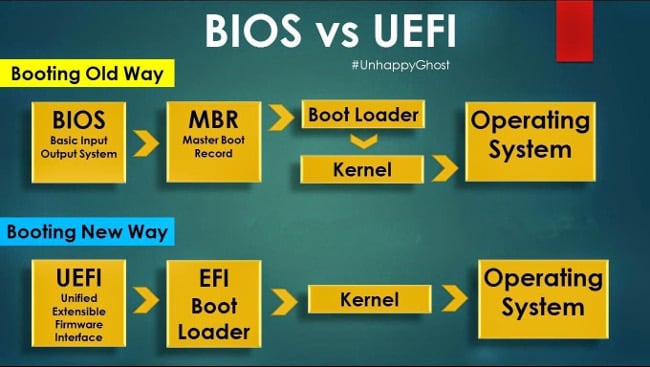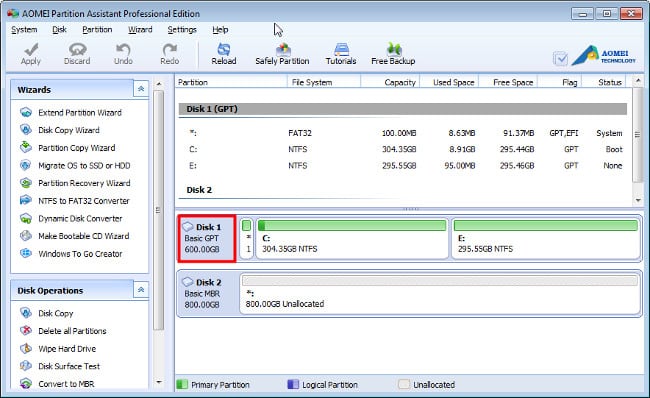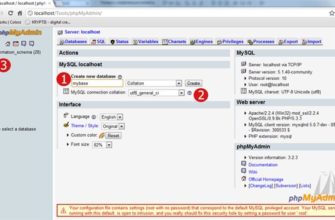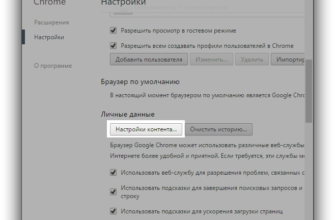Description and features of the GPT standard

Gpt Command Line
GPT is short for GUID Partion Table, which Translated into Russian as: “GUID Partition Table”. This standard is part of the UEFI specification.
In UEFI, the GPT standard performs the same functions as the MBR in the BIOS. However, unlike it, it has advanced features, which were implemented due to the fact that the API from Intel uses the capabilities of 32-bit and 64-bit systems.

BIOS and UEFI comparison
What is this GPT? As distinguishing features of the GPT standard the following can be cited:
- Unlike MBR, in which the boot record is contained in at the beginning of the disk, GPT finds all the EFI tables and loads them into memory;
- If the MBR allows the use of hard drives with a capacity of up to 2 terabytes, then with the use of GPT this figure increased to 9.4 zettabytes (which is very relevant now, when even in home PCs HDD are set at 4 terabytes);
- MBR standard allows you to use disks that are not broken more than 4 sections (more is possible, but this is only a hack that does not provided by the specifications of the standard), while the GPT allows create up to 128 partitions on a disk.
Another interesting GPT feature that requires separate consideration is the possibility of assigning sections special identifiers (GUIDs). The standard supports Unicode, which allows you to create relevant records on almost any languages. Records themselves can be grouped into folders. Naturally, OS created by the file system will also work, but in some In some cases, using a GUID is more convenient. After what is GPT disk deal with the flaws of the disk system.
GPT Disk System Disadvantages

Disk manager
The GPT has a number of drawbacks, which, however, are generally completely overlap with the merits of the new standard. So, one of the main The disadvantages of this technology is the closedness of the standard, which is why There are many implementations of its support.
According to GPT, two tables are located on the hard disk EFI, one at the beginning and the other at the end. IN in some cases this is not enough. If the disk is damaged or software malfunction may cause difficulties with recovery records.
GPT lacks protection against bad blocks, despite the fact that relevant technologies are actively used in many modern and not very file systems.
Another minus, which with a stretch can be called a drawback (since this is a problem for developers of operating systems, not UEFI), is that many OS loaders are still use section numbers instead of their names in the GUID system.
Also, the GPT standard does not provide for the possibility of appointment drive name, and its role is played by the identifier GUID.









